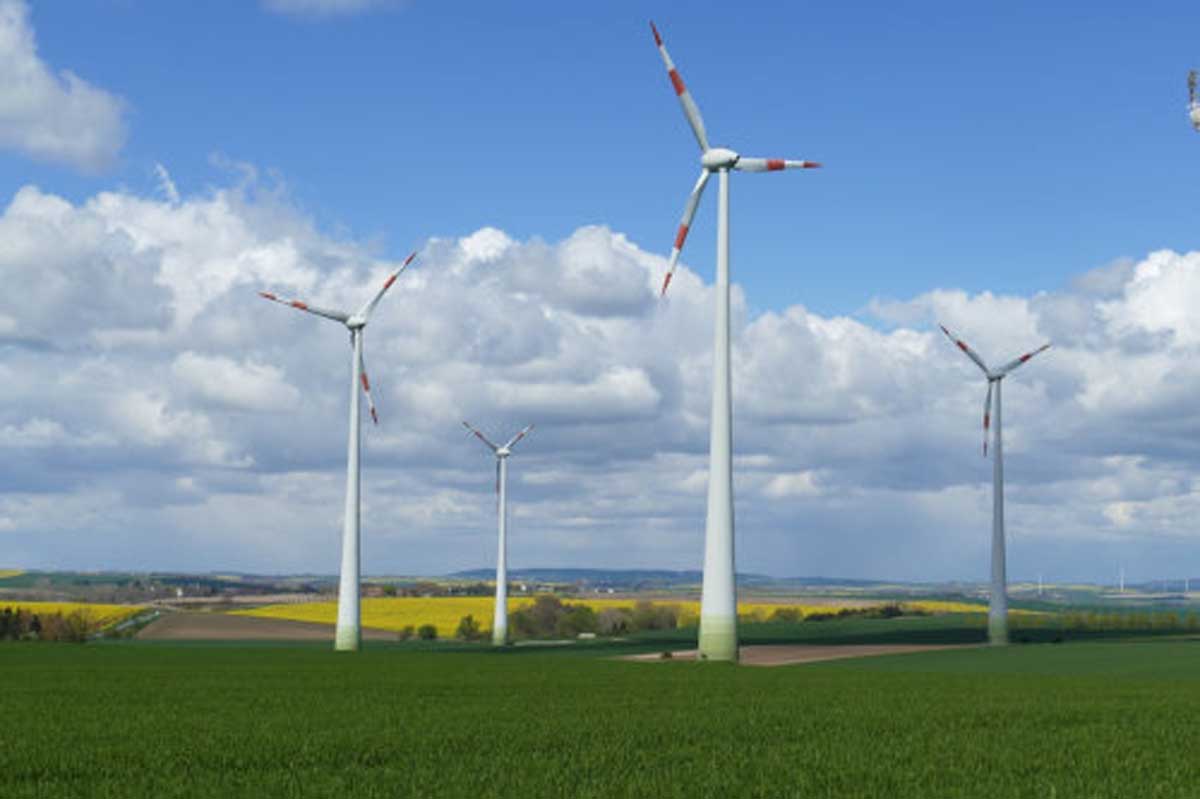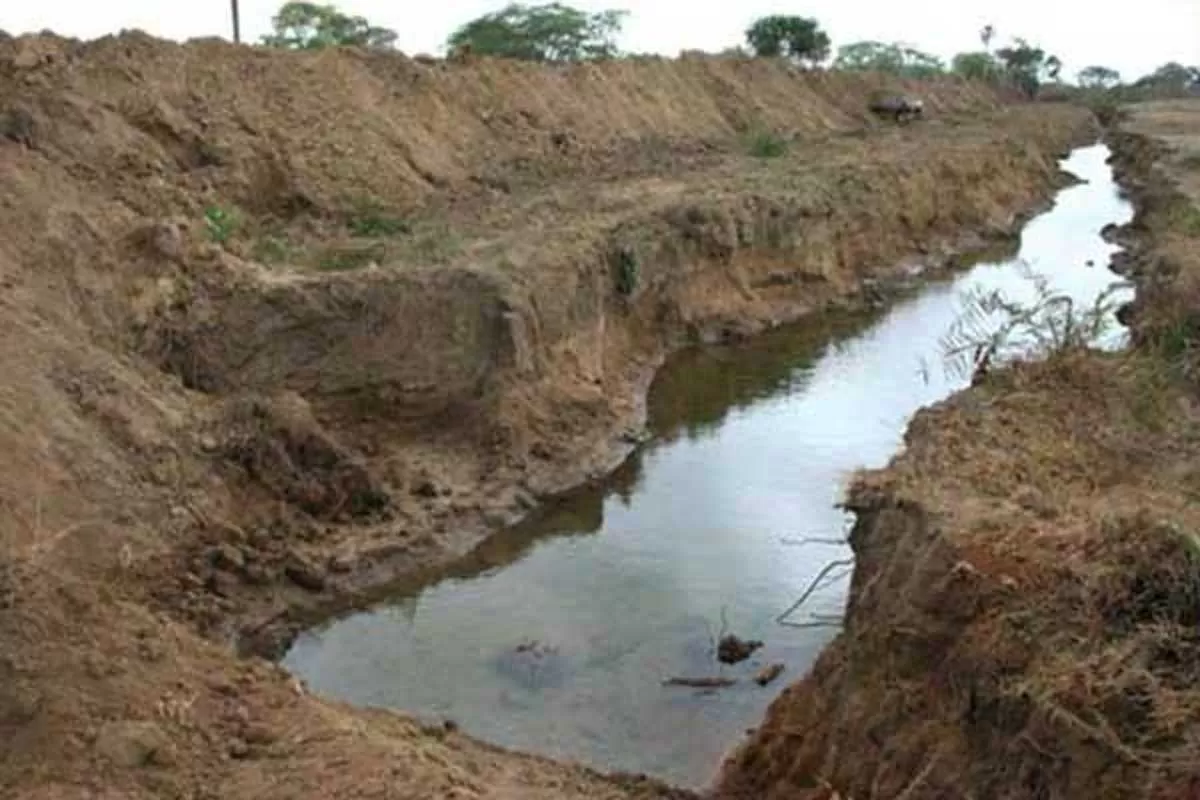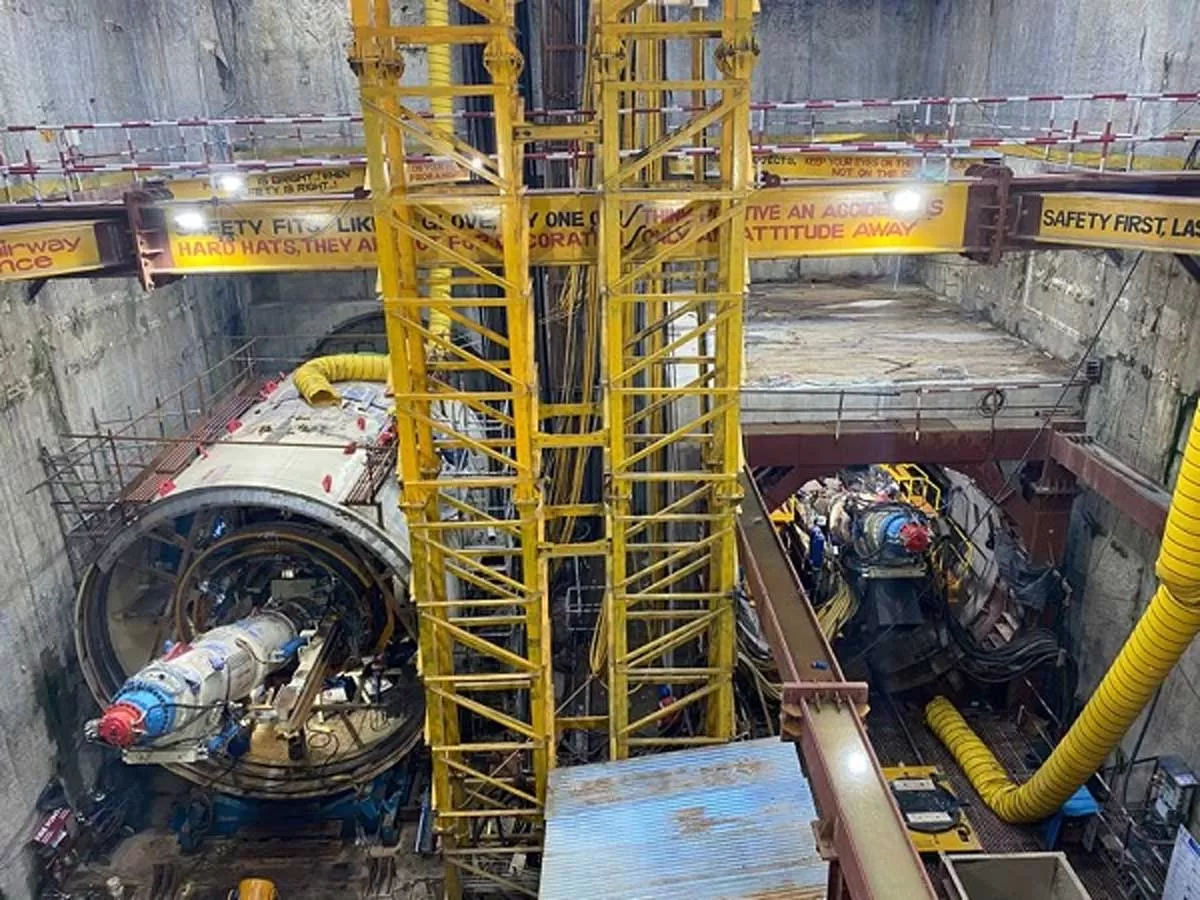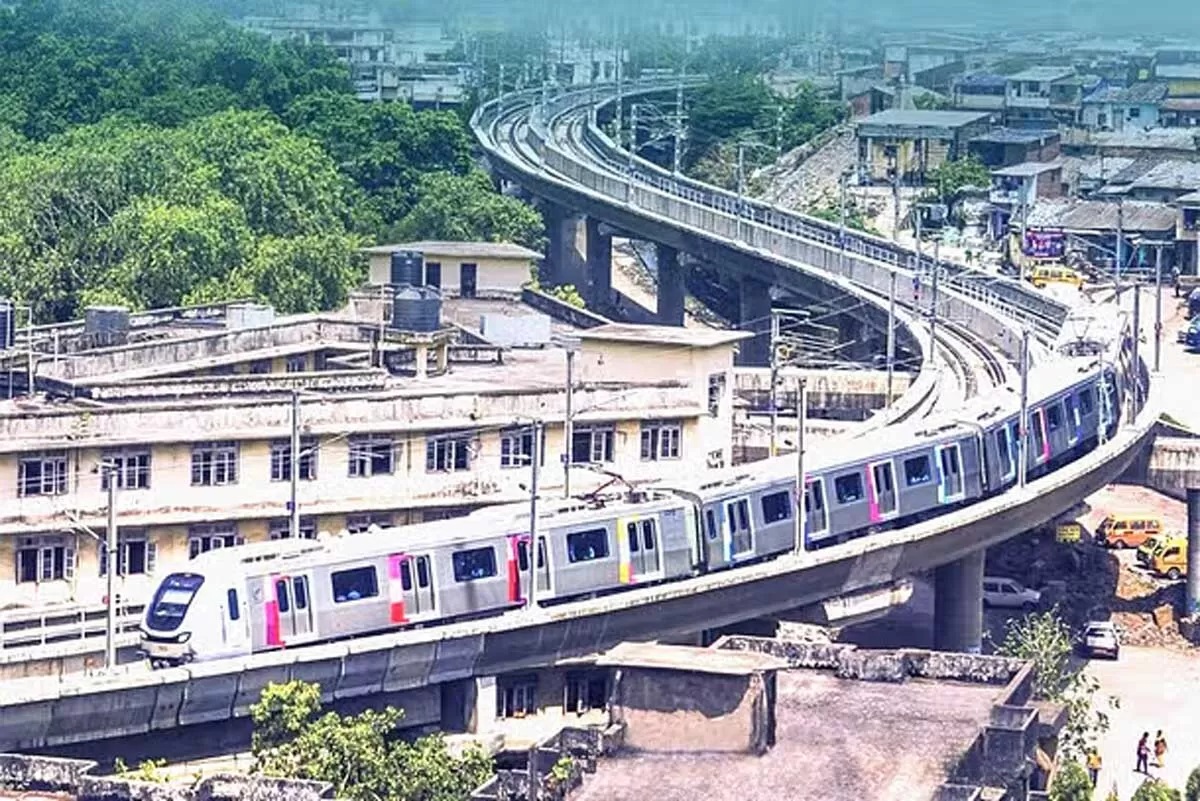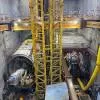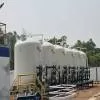The oil and gas giant plants to invest about Rs 80,000 to Rs 85,000 crore for these two projects of one million metric tonne per annum (mmtpa) each, its Group General Manager and Head of New Energy- Renewable, Harsh Nupur Joshi.
Tell us about your plans around green hydrogen and what is going on when it comes to green hydrogen at ONGC currently?
We are an integrated energy major and we have plans in renewable energy as well as the new energy domain. Green hydrogen and green ammonia is one of our key focus areas. We intend to build a capacity of about 2 million metric tonnes per annum of green ammonia by 2035 and we intend to do it in two phases.. 1 mmtpa in phase one and then another 1 mmtpa in the next phase.. Of green ammonia you can say it is 180 ktpa of green hydrogen.
ONGC plans to invest about Rs 2 trillion in energy transition till 2038. What are your plans around green hydrogen under this? How much share of this investment will green hydrogen take?
Around 1 mmtpa of green ammonia project cost would be about Rs 40,000 to Rs 42,000 crore so, it will be about Rs 80,000 crore to Rs 85,000 crore.
When it comes to green hydrogen, what role can it play in ONGC?s portfolio, any kind of special projects or partnerships that are in place in this area?
It is an emerging area and anyone who is going to be in this sector needs an alliance partner.. We are also in discussion with some private players to form a joint venture to take up to these projects.
Partnering with companies which have expertise in handling such kinds of projects is required because for green ammonia and green hydrogen projects you require huge renewable energy requirements. For 1 mmtpa, about 4.5 GW to 5 GW power is needed.
Licenses and expertise is also required, people are producing gray hydrogen in India though the technology is similar but as far as green ammonia and green hydrogen are considered the important element are the electrolysers. Electrolysers are an evolving technology, there are many options, which will be the best thing only time will tell. So we have to keep it balanced so that if any one of them clicks, we should be able to carry on with that.
Currently, alkaline is mature electrolyser technology hence current plants will be alkaline and maybe in the next phase, based on the results of this, it may remain alkaline only or PEM. So, the supply chain element is very critical.
We are in talks with private players for these pants along with a capacity to provide renewable energy and pumped storage components as battery storage is not feasible. Pumped storage is also in a very nascent stage.
What would be the timeline for these partnerships to materialize?
The discussions are in a very advanced stage for forming an alliance. In another 3-4 months the alliance will be culminated and as far as the green hydrogen and green ammonia plants are concerned, they will be coming up by 2027.
ONGC recently signed an MOU with NTPC green for setting up green hydrogen and offshore wind projects in India and overseas. How far has the plan reached? How much investment is being targeted here? What will be project capacities?
This will be taken up after the formation of a joint venture. We are in the procprocess of taking approvals, this process is on. The investment will be decided by the JV company, it will be generating RE power for ONGC?s use and for commercial sale also.
The main objective of the MoU is to participate in the upcoming offshore wind tender. ONGC has strength in offshore execution and NTPC has a good background in power. We are waiting for the final tender to be floated.
Regarding project capacities, it will be at least 500 MW of minimum capacity. It will be in the GW scale only because the economy of scale will be very effective in reducing the levalized cost.
There are talks going about green hydrogen blending with the pipeline network. NTPC also has a pilot project going in Kawas, Gujarat. What is your perspective on this aspect?
As such there is no mandate for green hydrogen consumption. We require action on green hydrogen purchase obligation that will be a major area which will create a big market.
Blending is definitely a welcome step but its plant will be very small. It will be very good for a local arrangement for a townhships supply or small capacity market. For a larger scale participation that market created will be very minimal.
The actual consumption of green hydrogen for a larger capacity plant will come through when the steel or refineries sector consume green hydrogen in place of gray.
Tell us about your renewable energy capacity addition plans for the coming year. How much capacity and investment are you targeting for it? Can you give break up of the capacities planned for various segments under this?
We have planned a two pronged strategy One, adopting the organic route and other is inonrganic route. Through the organic route we intend to first fulfill our captive consumption. We are carrying out a study to work out the captive requirement of ONGC and group companies. That is already awarded to an agency, once the report is finalized we will be setting up a suitable capacity plant for captive consumption as that will help ?greening? ONGC. This capacity will be in the range of 500 MW.
Coming to commercial scale, as per our strategy we have planned 10 GW by 2040. But now, we intend to have 10 GW RE capacity by 2030 and for that we are exploring different options like the pumped storage with 2 GW capacity by 2030, offshore wind is another major area where we plan to have a 1 GW capacity by 2035, and solar and onshore wind capacity of about 5 GW by 2030.
The investment will be different and in phases with resepct to 2030, 2035, 2038 till we achieve the net zero scope -1 and Scope 2. In the first phase, we are planning about 5 GW capacity of solar and wind with an investment of Rs 30,000 crore to Rs 35,000 crore. For offshore wind capacity of 1 GW investment of Rs 5000 crore will be required. We also have plans to have 25 CBG plants.
From the perspective of electrolyzers. When it comes to electrolyzer manufacturing it is nearly NIL right now in India. When it comes to boosting the electrolyzer manufacturing market in India, what could be the two or three major steps that need to be looked at?
The government has already taken one major step of PLI. Export is also a promising area, there should not be any anamoly in the definition of green hydrogen globally and we should pick it up with the European union.
Demand for electrolyer manufacturing is linked to green hydrogen and green ammonia demand. We hope that soon the demand will catch up domestically also and more and more electrolyzer building capacity will be added.
With regard to the new energy segment, moving on in the next couple of years, let?s say from 5-10 years. What will be ONGC?s focus area in the new energy segment?
It will be green hydrogen, CCUS, and offshore wind energy for a long term. Of course, solar and will always be a major component of the total strategy.
These are the emerging areas and you never know where the cost will drastically go down and the generation cost will be lower. LCOE is the key concern. If it comes down then the demand comes.
